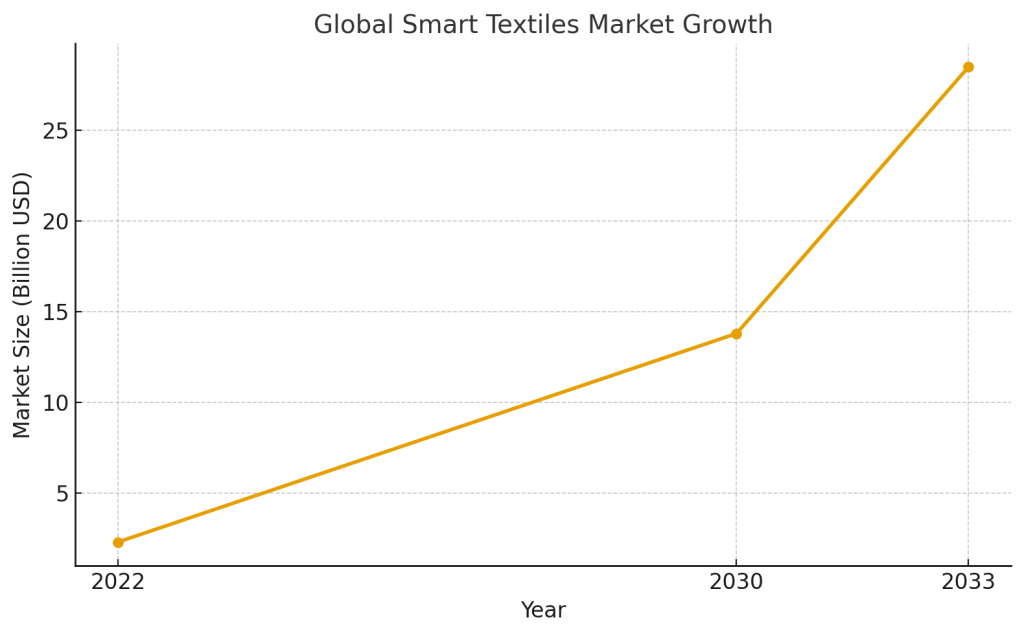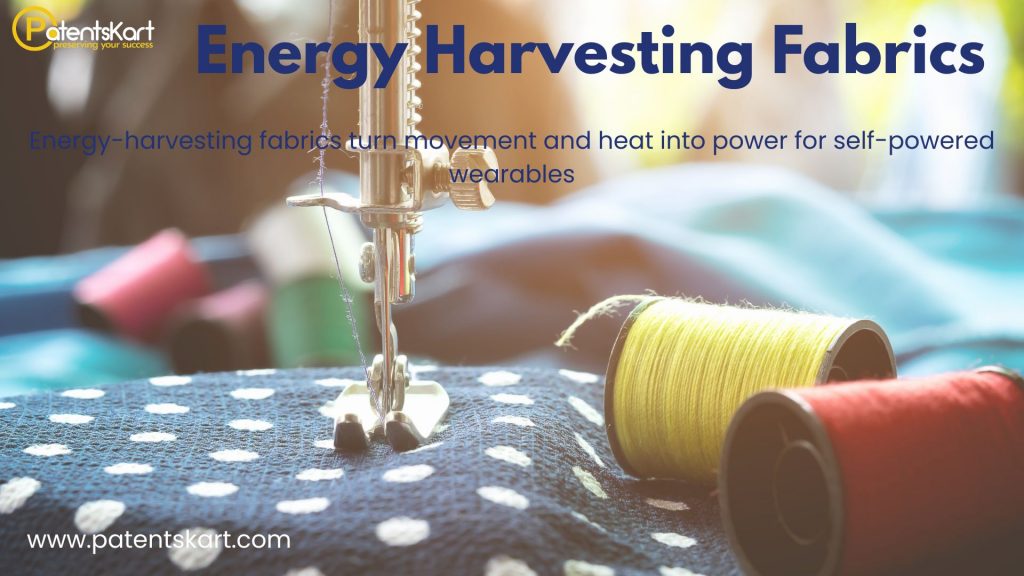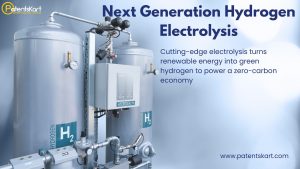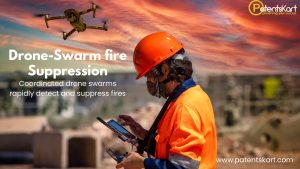The Energy Harvesting Fabrics Market 2025 | Smart Textiles & Wearable Energy Technology is reshaping how we see clothing and energy. These fabrics are no longer passive layers; they actively capture motion, heat, and sunlight to generate electricity. From jackets that charge phones to military uniforms powering GPS systems, this field is becoming a game-changer.
What Are Energy Harvesting Fabrics?
Energy harvesting fabrics are smart textiles designed with conductive fibers, nanogenerators, or flexible solar cells. They generate power from:
- Movement using piezoelectric fibers.
- Body heat via thermoelectric fabrics.
- Friction through triboelectric nanogenerators.
- Light using photovoltaic textiles.
These fabrics can power wearable sensors, trackers, medical devices, and small electronics—paving the way for a battery-free future.
Why Is Demand Growing for Smart Textiles?
Several forces are driving adoption:
- Sustainability: Reduced reliance on disposable batteries.
- Healthcare: Continuous monitoring through biosensors.
- Defense: Soldiers’ uniforms with built-in energy supply.
- Consumer lifestyle: Phone-charging jackets and festival wear.
- Industrial safety: PPE with fatigue detection systems.
Together, these trends explain why the Energy Harvesting Fabrics Market 2025 is expected to grow at over 20% CAGR.
What Are the Main Technologies Behind Wearable Energy?
Smart textiles rely on four key methods:
- Piezoelectric fabrics: Convert mechanical pressure like walking into energy.
- Thermoelectric fabrics: Transform body heat into electricity.
- Photovoltaic textiles: Embed solar cells for light-based power.
- Triboelectric nanogenerators (TENGs): Harvest static electricity from fabric movement.
Current TRL levels show thermoelectric and photovoltaic are most advanced (TRL 8), piezoelectric is at TRL 7, and triboelectric is emerging at TRL 6.
Who Are the Leading Companies in Smart Textiles?
Big brands and tech firms are investing heavily:
- AFFOA (MIT) – defense-oriented smart fabrics.
- Bionic Power Inc. – wearable knee-brace harvesters.
- Kymira – thermoelectric medical and sports wear.
- Spinnova – cellulose-based sustainable fabrics.
- Adidas & Nike – connected sportswear and e-textiles.
- Samsung & muRata – patents in piezoelectric yarn and smart clothing.
- Tommy Hilfiger & Ralph Lauren – fashion-focused energy wearables.

These companies are moving from prototypes to commercial deployment.
Which Startups Are Innovating in Wearable Energy Tech?
Startups are filling innovation gaps with bold solutions:
- Diffus Design – solar panel fabrics.
- Wiliot – IoT-connected photovoltaic textiles.
- Vollebak – outdoor gear with energy generation.
- Soliyarn – conductive and photovoltaic textiles.
- Xsensio – biosensors with energy harvesting.
- SILRES Energy Solutions – India-based photovoltaic textiles.
- Solarfiber – piezoelectric-based fashion.
- The Bombay Textile – triboelectric energy wearables.
These players focus on scalable, niche products in sports, outdoor, and consumer fashion.
Why Do Patents Matter in Energy Harvesting Fabrics?
Patents reflect both maturity and market readiness. Examples include:
- Intel – fabrics with rectennas harvesting electromagnetic energy.
- IBM – photovoltaic textiles with carbon nanotubes.
- Samsung – triboelectric clothing with metal electrodes.
Patent filings surged after 2016, especially in China and the US, highlighting global competition.
What Are the Top Applications of Smart Energy Fabrics?
Smart fabrics are disrupting multiple industries:
- Healthcare: Glucose monitors, skin sensors, neural stimulators.
- Defense: Smart uniforms with GPS and radios.
- Industrial safety: Helmets and boots with fatigue alerts.
- Consumer lifestyle: Jackets charging smartphones, festival wear.
- Fashion tech: LED outfits, thermochromic displays.
- Emergency relief: Smart blankets, off-grid charging gear.
These applications show why the Energy Harvesting Fabrics Market 2025 is moving from labs to real use.
What Is the Market Outlook for Energy Harvesting Fabrics?

The future looks promising:
- Short term (1–5 years): Wearables in sports, healthcare, defense.
- Medium term (5–10 years): Smart homes, IoT devices, urban fabrics.
- Long term (10+ years): Smart cities, self-powered infrastructure, energy-positive buildings.
With costs dropping and patents rising, adoption is expected to accelerate worldwide.
How Can PatentsKart Help in the Smart Textiles Market?
PatentsKart supports innovators in navigating this fast-growing market by providing:
- Patent landscaping: Identify global filings and competitors.
- Competitive intelligence: Spot market gaps and TRL opportunities.
- IP protection: Secure inventions in smart fabrics and wearable energy tech.
- Market monitoring: Track startups, universities, and global consortiums.
- Commercialization support: Align R&D with emerging regulations.
For startups and corporations, we provide the IP edge to succeed.
Conclusion
The Energy Harvesting Fabrics Market 2025 | Smart Textiles & Wearable Energy Technology is at a turning point. With TRL maturity, rising patents, and applications across defense, healthcare, fashion, and infrastructure, smart textiles are ready for commercialization.
For innovators, protecting intellectual property and staying ahead of competitors will decide market leaders. With PatentsKart’s expertise, businesses can turn opportunities into lasting impact.
FAQs
1. What are energy harvesting fabrics used for?
They power wearables, healthcare sensors, military uniforms, and even consumer clothing like phone-charging jackets.
2. Which technologies drive smart textiles?
Piezoelectric, thermoelectric, photovoltaic, and triboelectric textiles form the backbone of wearable energy tech.
3. Who are the top companies in this market?
AFFOA, Adidas, Nike, Kymira, Spinnova, Samsung, and Tommy Hilfiger are among the leaders.
4. Which startups are innovating in smart fabrics?
Diffus Design, Wiliot, Vollebak, Soliyarn, SolarFiber, and The Bombay Textile are notable emerging players.
5. How can businesses enter the smart textiles market?
By innovating in energy textiles, filing strong patents, and partnering with manufacturers. PatentsKart helps with IP strategy and competitive intelligence.







